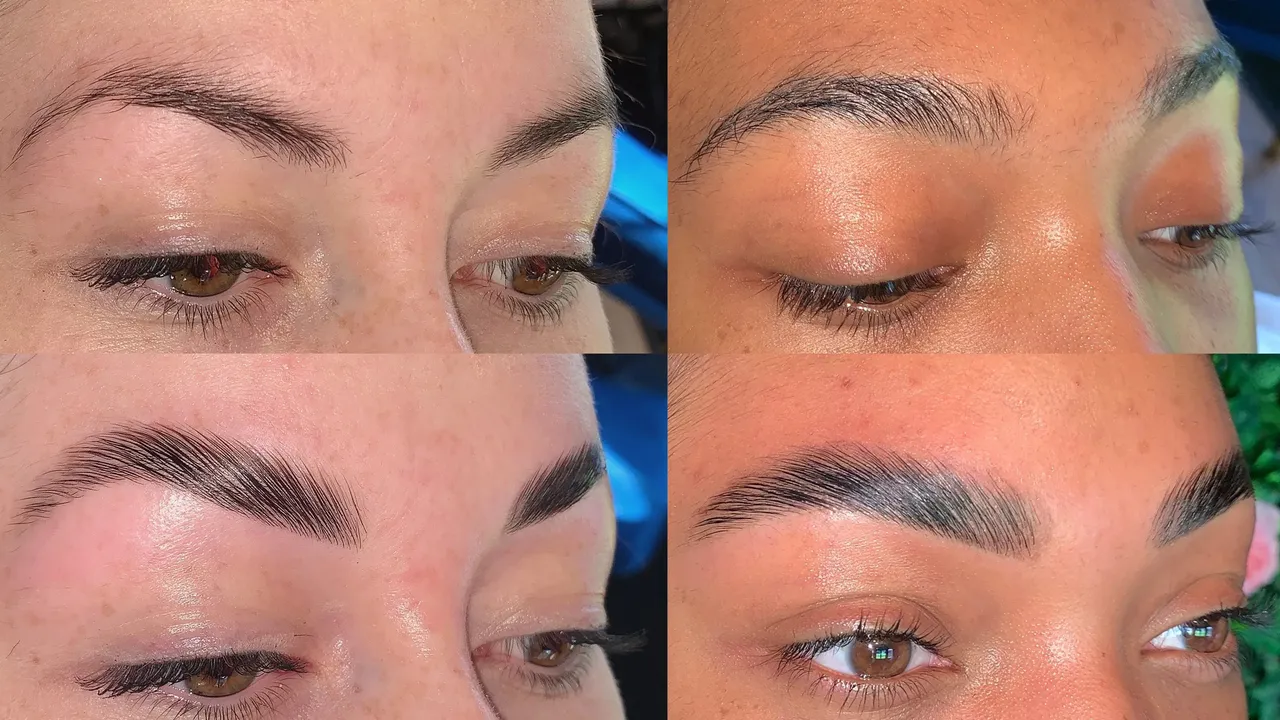
The desire for a subtle, yet noticeable, elevation of the eyebrows—often referred to as a brow lift—has driven significant innovation in aesthetic medicine. For many individuals seeking to counteract the mild to moderate descent of the brow bone without resorting to surgical incisions and prolonged downtime, the thread lift has become an increasingly popular option. This non-surgical technique utilizes absorbable sutures, or threads, armed with barbs or cones to mechanically lift the skin and underlying soft tissue. Crucially, the longevity of a thread lift’s result is not defined by a simple, fixed timeframe; it is a complex temporal process governed by two distinct, sequential mechanisms: the immediate mechanical hold provided by the threads and the long-term biostimulatory effect that unfolds over months. Understanding the interplay of these mechanisms, alongside the biological variables unique to each patient, is essential for setting realistic expectations regarding how long the refreshed, lifted appearance can be maintained before a maintenance treatment becomes necessary. The results are typically measured in months, not years, demanding a perspective that views the procedure as part of an ongoing, non-surgical maintenance program rather than a permanent solution.
Governed by Two Distinct, Sequential Mechanisms
The longevity of a thread lift’s result is not defined by a simple, fixed timeframe; it is a complex temporal process governed by two distinct, sequential mechanisms.
The threads used in a non-surgical brow lift—most commonly made of materials like Polydioxanone (PDO), Poly-L-Lactic Acid (PLLA), or Polycaprolactone (PCL)—are fully bio-absorbable, meaning they dissolve safely and naturally within the body over a predictable period. This inherent characteristic immediately divides the result’s lifespan into two phases. The immediate phase, lasting approximately 3 to 6 months, is dominated by the mechanical lifting and repositioning achieved the moment the threads are inserted and tightened. The barbs or cones on the threads physically engage the soft tissue, providing the initial “pull.” However, as the threads begin to degrade (which happens between 6 and 18 months, depending on the material), this initial mechanical support gradually diminishes. The second, more enduring phase of the result relies entirely on the body’s reaction to the implanted foreign material, initiating a process of neocollagenesis and tissue scaffolding.
Long-Term Biostimulatory Effect: The Collagen Scaffold
The second, more enduring phase of the result relies entirely on the body’s reaction to the implanted foreign material, initiating a process of neocollagenesis and tissue scaffolding.
The true long-term value of a thread lift extends beyond the physical presence of the suture. The gradual dissolution of the PDO, PLLA, or PCL threads triggers a localized inflammatory and healing response. Macrophages and fibroblasts are attracted to the area, recognizing the foreign material as a scaffold. This biological response culminates in neocollagenesis, which is the generation of new, firm Type I and Type III collagen fibers precisely along the path where the thread was placed. This new collagen framework remains long after the thread itself has completely absorbed. It forms an internal, fibrous matrix that acts as a new support structure, effectively creating a biological scaffold that helps resist the forces of gravity and maintain the lifted brow position. It is this newly generated collagen that sustains the aesthetic improvement, typically extending the total visible result to an average range of 12 to 18 months, and sometimes up to two years, depending on the patient’s individual biology and the amount of new collagen produced.
Biological Variables: Patient-Specific Metabolism
The rate at which an individual’s body absorbs the thread material and the vigor with which their fibroblasts respond to the foreign material stimulus are highly patient-specific.
Predicting the exact duration of the aesthetic benefit is complicated by significant biological variables that differ from person to person. The rate at which an individual’s body absorbs the thread material and the vigor with which their fibroblasts respond to the foreign material stimulus are highly patient-specific. Factors such as a patient’s metabolism (which dictates the breakdown speed of the thread material), age (younger individuals often produce more robust collagen), and underlying health conditions (such as autoimmune disorders) all play a role. For example, a patient with a naturally fast metabolism might dissolve the threads closer to the 12-month mark, whereas another patient might retain the structure for 18 months. This variability necessitates personalized follow-up and requires the aesthetic clinician to manage patient expectations by emphasizing that the average duration is not a guarantee for every individual.
External Influences: Lifestyle and Environmental Stressors
Lifestyle choices, particularly those related to chronic stress on the face, can significantly accelerate the erosion of the lifted effect.
Beyond internal biology, the durability of a thread lift result is continually challenged by external forces and lifestyle choices. Factors that accelerate the natural aging process will inevitably shorten the lifespan of the result. Chronic sun exposure, which degrades collagen at an accelerated rate, directly undermines the biostimulatory effect designed to sustain the lift. Likewise, smoking drastically impairs fibroblast function and collagen synthesis, reducing the quality and quantity of the newly formed supportive scaffold. Furthermore, excessive or aggressive facial movements or high-impact activities that cause persistent oscillation of the forehead skin—while not causing immediate migration after the healing phase—can put unnecessary mechanical stress on the newly formed collagen, leading to a quicker return to the pre-treatment level of ptosis. Patients who are diligent about sun protection and quality skincare (especially topical retinoids) are more likely to see the results endure toward the upper end of the expected range.
Operator Dependence: Technique and Thread Selection
The ultimate success and perceived longevity of the brow lift are heavily influenced by the initial placement technique and the type of thread used by the aesthetic provider.
While patient biology is paramount, the technical execution of the procedure contributes significantly to the perceived and actual longevity. The ultimate success and perceived longevity of the brow lift are heavily influenced by the initial placement technique and the type of thread used by the aesthetic provider. A skilled injector will use a precise pattern and depth to anchor the barbs effectively into the firm, fixed tissues (often near the temporal fascia), ensuring maximum mechanical pull without undue tension on the skin surface. If the threads are placed too superficially, they may become palpable or prone to quicker displacement. Choosing a high-quality, robust thread material (like a PLLA or PCL, which typically dissolve slower than PDO) and employing a sufficient number of threads to provide adequate support are also critical technical factors that directly correlate with a more stable and enduring lift.
The Role of Adjunctive Treatments: Synergistic Longevity
The concurrent or sequential use of neuromodulators, such as Botox, significantly enhances the longevity of the thread lift result.
The thread lift for the brow is often not performed in isolation. The concurrent or sequential use of neuromodulators, such as Botox, significantly enhances the longevity of the thread lift result. Botox works by temporarily relaxing the depressor muscles of the brow (like the orbicularis oculi and procerus), which are constantly pulling the brow downward. By weakening these downward-pulling muscles, the Botox relieves mechanical stress on the newly placed threads and the generated collagen scaffold, allowing the thread lift to maintain the elevated position with less opposition. This synergistic approach effectively addresses both the structural integrity (provided by the threads) and the dynamic muscular forces (inhibited by the neuromodulator), leading to a longer, cleaner, and more stable aesthetic outcome than either treatment could achieve independently. It transforms the procedure from a passive structural lift into an active biomechanical correction.
Measuring the Aesthetic Fade: The Subtle Recurrence of Ptosis
The lift does not suddenly disappear; instead, the result gradually and subtly fades over time.
It is important to understand the typical pattern of the aesthetic decline. The lift does not suddenly disappear; instead, the result gradually and subtly fades over time as the neocol collagen matrix begins to weaken and the natural processes of aging and gravity reassert themselves. Patients typically notice a slow, incremental recurrence of ptosis (sagging) over many months. This slow fade makes it challenging to pinpoint the exact moment the result “ends,” but most patients recognize the return of the pre-treatment brow descent and forehead heaviness, usually around the 12 to 18-month mark. This subtle aesthetic fade informs the maintenance schedule, which is typically planned for the 12-to-15 month window, allowing the clinician to reinforce the collagen scaffold before the original result is completely lost.
Maintenance and Retreatment: Sustaining the Scaffold
The most effective way to sustain the lifted brow appearance is to view the thread lift as a maintenance procedure with a defined retreatment schedule.
The most effective way to sustain the lifted brow appearance is to view the thread lift as a maintenance procedure with a defined retreatment schedule. Rather than waiting until the entire effect has worn off, practitioners recommend booster treatments—often involving fewer threads—every 12 to 15 months. This strategy is critical because it capitalizes on the existing collagen scaffold. By introducing new threads before the old collagen matrix completely collapses, the clinician can reactivate the biostimulation and reinforce the new structural support, essentially laying down new “rebar” on the existing foundation. This approach prevents the need for a complete procedural overhaul and is often less invasive and potentially less costly than waiting several years for a full return to the baseline state.
Patient Expectations: Understanding the Non-Surgical Limit
It is essential to clarify that a thread lift, by its non-surgical nature, cannot replicate the dramatic, decades-long results achieved by a formal surgical brow lift.
Managing patient expectations is a cornerstone of the consultation. It is essential to clarify that a thread lift, by its non-surgical nature, cannot replicate the dramatic, decades-long results achieved by a formal surgical brow lift that involves dissecting and anchoring tissue under deep tension. The thread lift provides a subtle to moderate elevation—often in the range of 2 to 5 millimeters—and its effect is inherently temporary. The target patient is one with mild to moderate skin laxity who seeks a gradual, natural-looking refresh with minimal downtime. For patients with significant brow ptosis or very heavy, inelastic skin, the mechanical support offered by threads will be rapidly overwhelmed, and the results will be short-lived, making them more appropriate candidates for surgery from the outset.
Summary of Temporal Outcomes: An Integrated Perspective
The total temporal window of aesthetic benefit is an integrated outcome of these combined biological and technical factors.
Ultimately, the question of “How long do the results last?” must be answered with a range, not a fixed number. The immediate mechanical lift lasts 3–6 months; the long-term biostimulatory effect sustains the aesthetic improvement for an average of 12–18 months. The total temporal window of aesthetic benefit is an integrated outcome of these combined biological and technical factors. Success depends on the quality of the new collagen formed, which acts as the invisible scaffold, the patient’s lifestyle and adherence to post-care, and the synergistic effect of adjunctive treatments like Botox. This perspective shifts the focus from the lifespan of the thread material to the longevity of the body’s regenerative response, offering a more scientifically grounded explanation for the enduring, yet temporary, nature of this popular non-surgical intervention.
